Table of Contents
Saprophytes
Saprophytes are organisms, like fungi and certain bacteria, that get their nutrients from dead or decaying matter. Unlike plants, saprophytes do not produce their own food through photosynthesis. Instead, they break down complex organic materials from dead plants and animals, turning them into simpler substances that they can absorb. This process not only helps them grow but also recycles nutrients back into the soil, making it useful for other plants and organisms. Mushrooms are a common example of saprophytes. By feeding on dead material, saprophytes play a crucial role in the environment, helping to keep it clean and fertile.
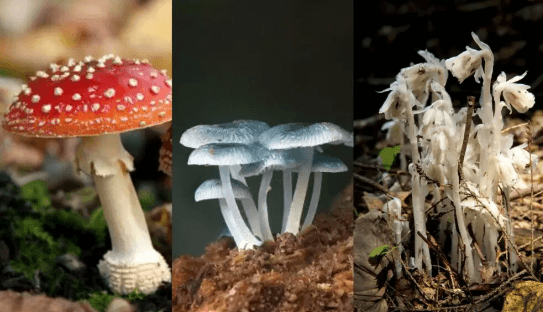
Define Saprophytic Nutrition
Saprophytic nutrition is a method used by certain organisms, primarily fungi and bacteria, to obtain their food. These organisms feed on dead and decaying matter such as fallen leaves, dead animals, and rotting food. By breaking down this material, they convert it into simpler substances, a process essential for nutrient recycling in the ecosystem. This decomposition helps enrich the soil with nutrients, making them available for plants, which need these nutrients to grow. Saprophytic nutrition is vital for the health of our ecosystem.
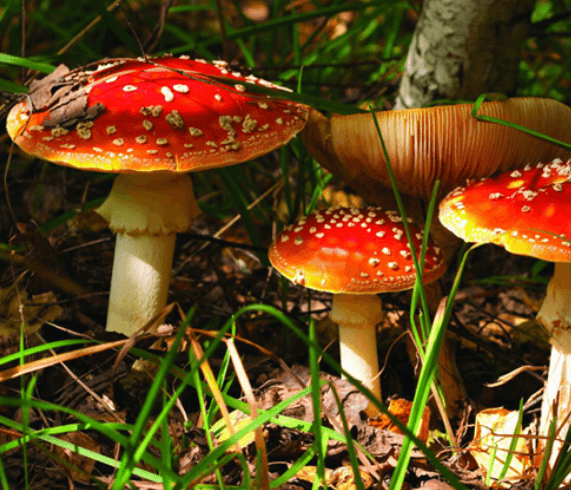
Characteristics of Saprophytes
Overall, saprophytes are crucial for maintaining ecological balance and nutrient cycling in ecosystems. Other characteristics of
- Nutrient Acquisition: Saprophytes obtain nutrients by breaking down dead or decaying organic material. They secrete enzymes that decompose complex organic substances into simpler compounds, which they then absorb.
- Role in Decomposition: They are essential for the process of decomposition, recycling nutrients back into the ecosystem, which promotes soil fertility and plant growth.
- Habitat: Saprophytes typically thrive in environments rich in organic matter, such as forests, decaying plant material, and compost.
- Diversity: Saprophytes include a variety of organisms, such as fungi (mushrooms, molds), bacteria, and some protozoa. Each group has adapted specific mechanisms for breaking down organic material.
- Non-Photosynthetic: Unlike plants, saprophytes do not perform photosynthesis. They rely entirely on organic matter for their energy and carbon sources.
- Symbiotic Relationships: Some saprophytes can form symbiotic relationships with other organisms, including plants, to help with nutrient absorption.
- Role in Food Webs: They serve as decomposers in food webs, breaking down dead organisms and waste products, which in turn support other life forms, such as plants and herbivores.
Examples of Saprophytes
Saprophytes are organisms that obtain nutrients by decomposing dead organic matter. They play a crucial role in the ecosystem by recycling nutrients and breaking down complex organic materials. Saprophytes are essential for the health of ecosystems, contributing to the cycling of nutrients and maintaining the balance of life. Here are a few examples of saprophytes:
1. Fungi
Example: Mushrooms (Agaricus bisporus)
Description: Commonly known as the button mushroom, this edible fungus is often found in gardens and forests. It grows on decomposing plant matter, utilizing organic materials as a food source.
Role: Fungi like mushrooms break down complex organic compounds through the secretion of enzymes. They convert dead plant and animal matter into simpler substances, enriching the soil with nutrients.
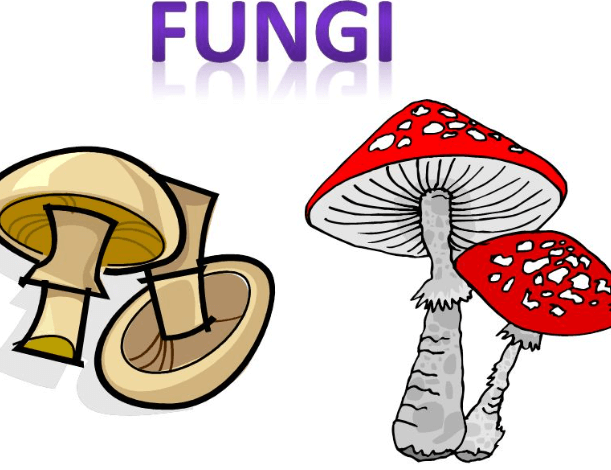
2. Bacteria
Example: Bacillus subtilis
Description: This is a gram-positive bacterium found in soil and the gastrointestinal tract of ruminants. It decomposes organic material such as dead plants and animals.
Role: Bacillus subtilis produces enzymes that break down proteins, lipids, and carbohydrates, facilitating the decomposition process. This bacterium also plays a role in nitrogen fixation, which contributes to soil fertility.

3. Actinomycetes
Example: Streptomyces
Description: Streptomyces are filamentous bacteria found in soil and decaying organic matter. They are known for their earthy smell and for producing a significant number of antibiotics.
Role: These bacteria decompose organic materials, particularly cellulose, and chitin, breaking them down into simpler molecules. This process is essential for nutrient cycling in the soil.
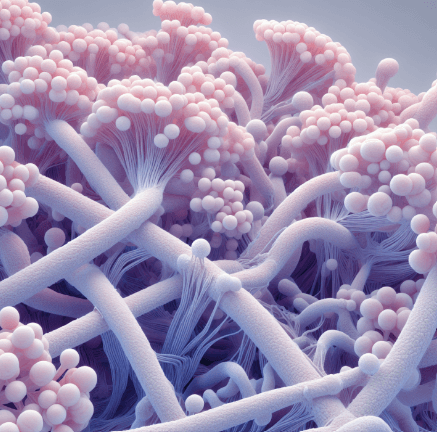
4. Slime Molds
Example: Dictyostelium discoideum
Description: This organism exists as a single-celled amoeba in the soil and can aggregate to form multicellular structures. It feeds on bacteria and decaying organic matter.
Role: Slime molds help decompose organic materials and recycle nutrients. They also serve as model organisms for studying cellular processes and communication.
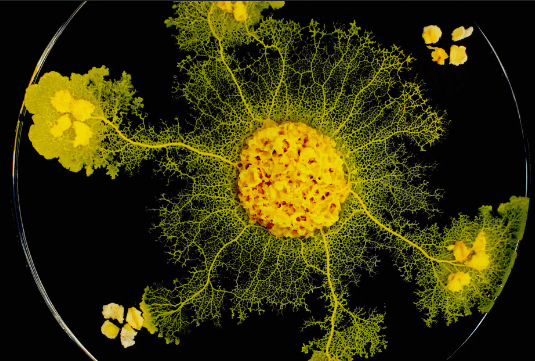
5. Decomposing Insects
Example: Dung Beetles (Scarabaeidae)
Description: These insects feed on animal feces, which consist of undigested plant materials. They break down this organic matter and facilitate its decomposition in the soil.
Role: Dung beetles play a vital role in nutrient cycling by breaking down waste materials and improving soil structure through their burrowing activities.
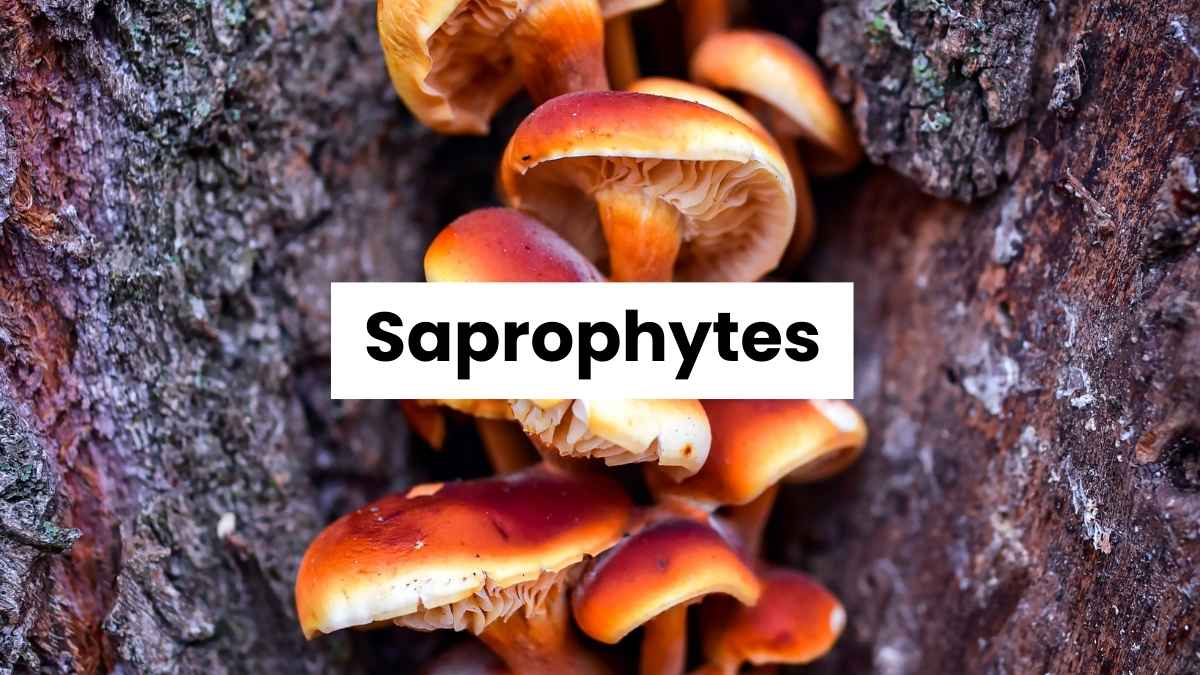







 50 Vegetables Name for Kids in English a...
50 Vegetables Name for Kids in English a...
 Body Parts Name, All 50 Body Parts Name ...
Body Parts Name, All 50 Body Parts Name ...
 Flowers Names in English and Hindi, List...
Flowers Names in English and Hindi, List...